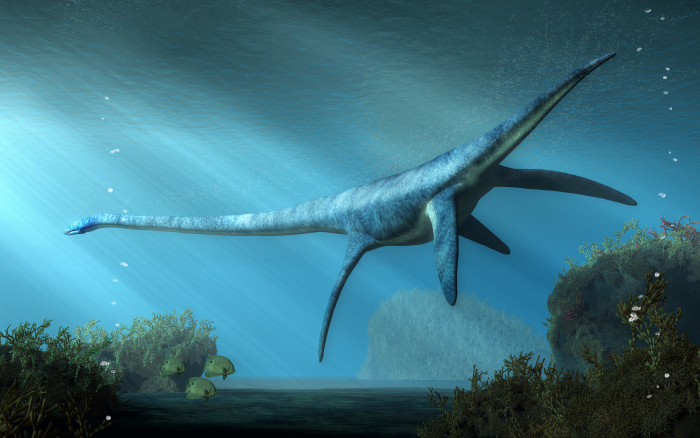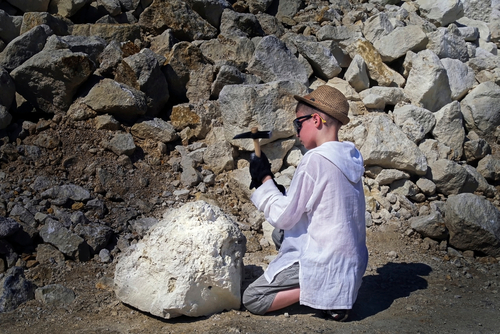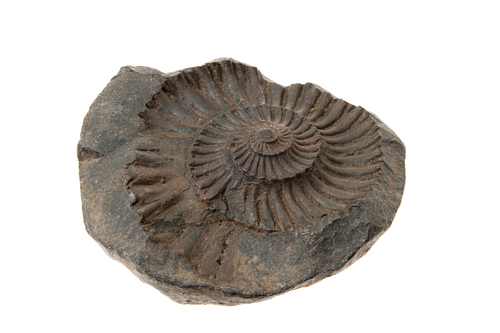Fossils - fascinating, aren't they? Perhaps you've watched programmes, like the ones presented by Sir David Attenborough, where you've watched the story unfold of how something like a dinosaur fossil was unearthed. Maybe you've been wowed by how the animators seem to bring to life what the long-extinct animal looked like, how it moved and ate.

Then again - you might not know an awful lot about fossils - what they are, where they're found, how they came into being.

Well - you're in the right place, both to find stuff out and, hopefully, to learn a little bit more.
You see, fossils are the remains of long-dead organisms. Generally, it's the hard parts of organisms that fossilise best, things like bones, shells, teeth, claws, that sort of thing.
 Fossil of an ammonite - an extinct sea snail.
Fossil of an ammonite - an extinct sea snail.
That means that most other stuff doesn't fossilise - things like skin, flesh, plant stems, insect bodies and so on. Mind you, in a handful of places in the world they can be found, like this plant fossil:

What generally happens, when something dies, is that its body is slowly surrounded by mud, silt, sand, etc., depending on where it lived.
Layers of these sediments build up over millions of years, squashing everything, including those remains of the organism.
The soft parts will have rotted away, but the hard stuff is converted into a mineral substance and, basically, turned into stone - that's what a fossil is.
With that plant fossil, above, if the conditions where that plant died are perfect, it's possible for it to leave an imprint behind, of what it looked like (like a sort of photograph).
Here is a sequence showing how a dinosaur fossil might be formed, from its death, to its being surrounded by sediment and then how Earth processes push the rocks containing the fossil up above ground - where a fossil-hunter may find it!

So, let's use this activity to check on what you know about how fossils are formed and also to help you find out a little more.
Happy hunting!
Remember, if you want to come back to this page at any point, just press the pink button on the right.








